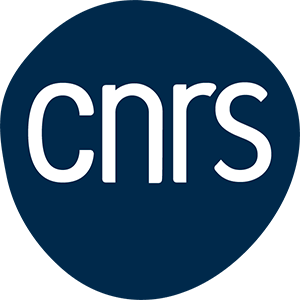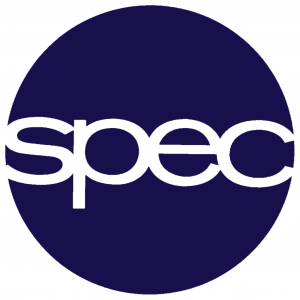Thesis
ULTRAFAST SENSING BY ELECTRON AND MAJORANA FLYING QUBITS
Solid state physics, surfaces and interfaces
Mesoscopic physics
An emerging pathway for quantum information is the use of flying electronic charges, such as single-electron excitations, as qubits.
These flying qubits present a key advantage: their intrinsic Coulomb interaction, which enables deterministic two-qubit gates and applications in quantum sensing.
Compared to photonic qubits, they therefore provide a natural means to overcome certain fundamental limitations.
Their main drawback lies in rapid decoherence, but this challenge can be mitigated by operating at ultrafast timescales, on the order of a picosecond.
An additional strategy involves exploiting the topological protection provided by Majorana modes, non-Abelian quasiparticles that are insensitive to local perturbations.
So far, most research has focused on localized 0D modes (at the ends of superconducting nanowires), with no conclusive experimental demonstrations.
This project proposes a new approach based on 1D chiral Majorana modes, offering a pathway toward topologically protected flying qubits.
The ambition is to establish a novel platform for quantum computing and quantum sensing.
This platform will exploit engineered multilayer graphene, combining the quantum anomalous Hall effect, superconductivity, and chiral Majorana modes.
These flying qubits present a key advantage: their intrinsic Coulomb interaction, which enables deterministic two-qubit gates and applications in quantum sensing.
Compared to photonic qubits, they therefore provide a natural means to overcome certain fundamental limitations.
Their main drawback lies in rapid decoherence, but this challenge can be mitigated by operating at ultrafast timescales, on the order of a picosecond.
An additional strategy involves exploiting the topological protection provided by Majorana modes, non-Abelian quasiparticles that are insensitive to local perturbations.
So far, most research has focused on localized 0D modes (at the ends of superconducting nanowires), with no conclusive experimental demonstrations.
This project proposes a new approach based on 1D chiral Majorana modes, offering a pathway toward topologically protected flying qubits.
The ambition is to establish a novel platform for quantum computing and quantum sensing.
This platform will exploit engineered multilayer graphene, combining the quantum anomalous Hall effect, superconductivity, and chiral Majorana modes.
SL-DRF-26-0042
Grandes Ecoles ou Universités
October 1 2026
Paris-Saclay
Physique en Île-de-France (EDPIF)
Saclay
CEA
Direction de la Recherche Fondamentale
Institut rayonnement et matière de Saclay
Service de Physique de l’Etat Condensé
Groupe Nano-Electronique



